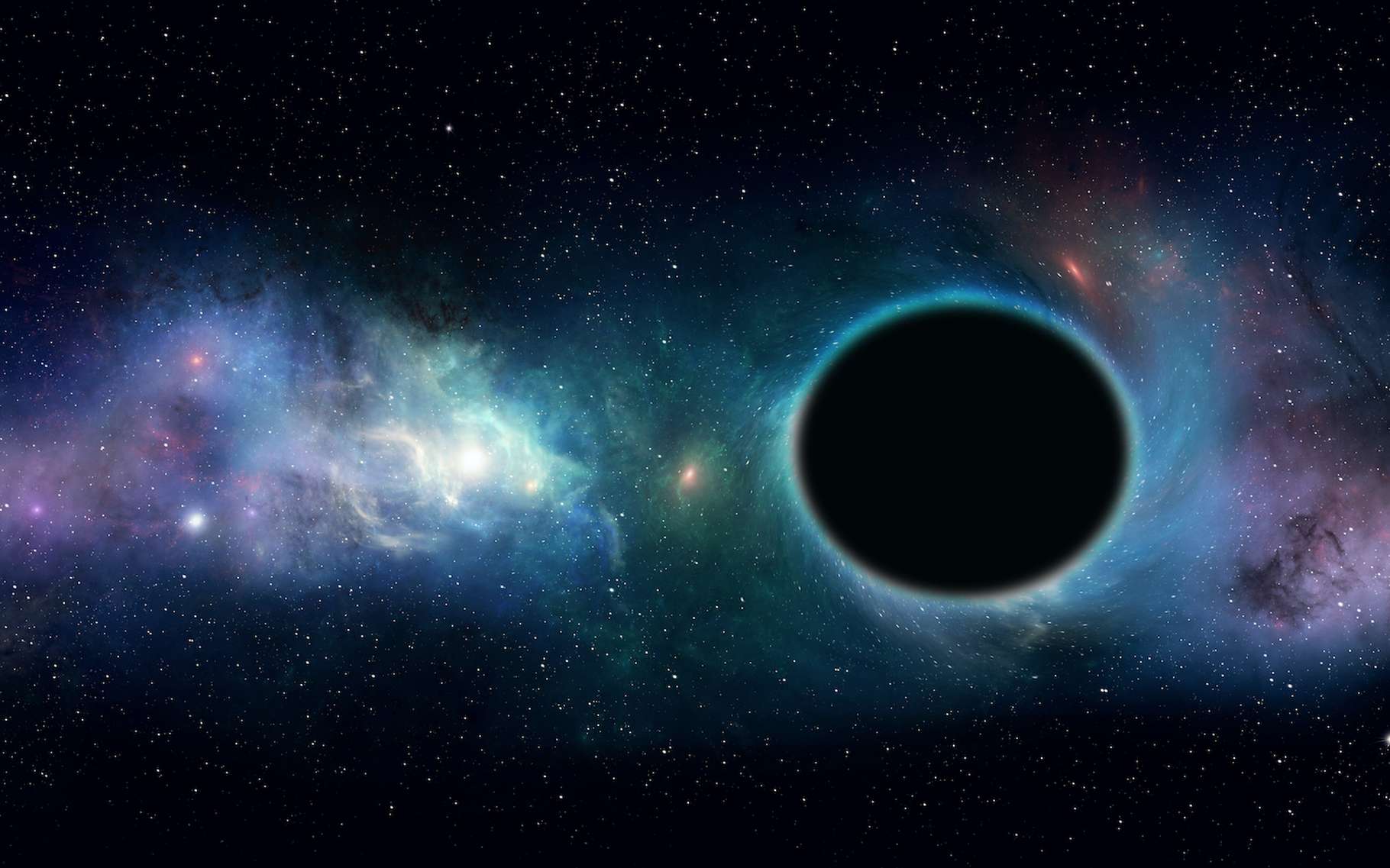In our Universe, black holes are everywhere. And their impacts on the evolution of the galaxies that host them are as large as they are complex. To try to see more clearly, researchers wondered if there was a rule defining the mode of growth of these black holes. The answer seems to be: yes!

Among the questions researchers are asking themselves: how did we get from these first black holes today to a fairly heterogeneous population? Because black holes, they exist of several types. Some are relatively small, with a mass of just over three solar masses. Astronomers call them stellar black holes . Others are said to be supermassive. They can grow to several billion times the mass of our sun . Then there are the so-called intermediate black holes. Not to mention the hypothetical primordial black holes. Lowercase.
To try to see more clearly, researchers from Harvard University (United States) have developed a theoretical model to determine the preferential growth channel of the black holes that populate our Universe. A model valid today up to around 13 billion years ago.